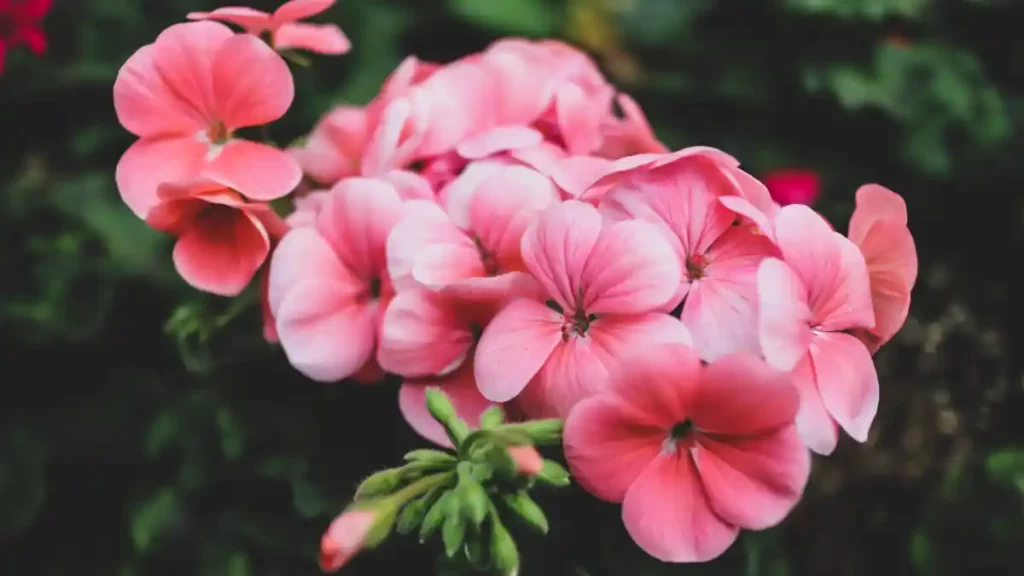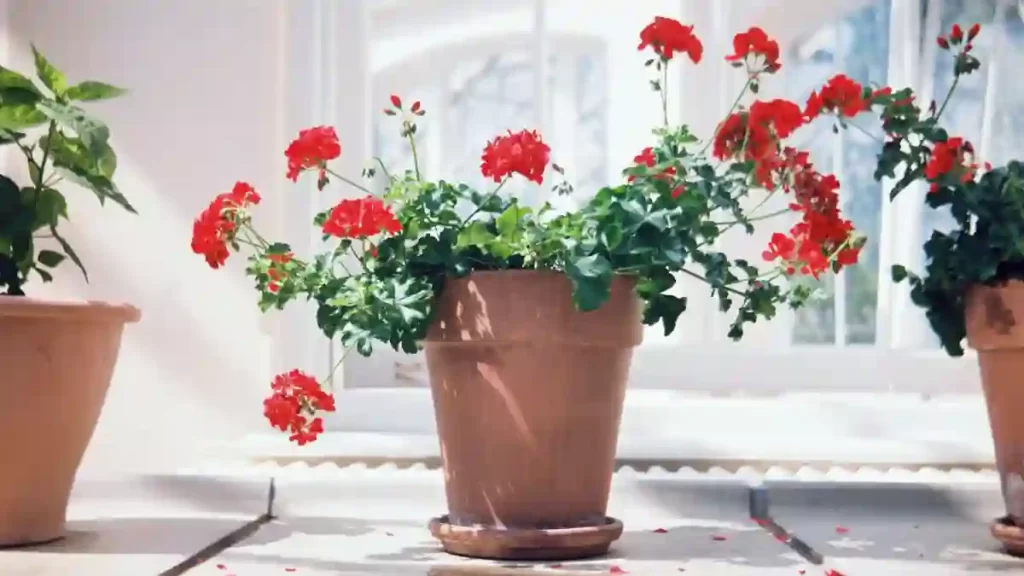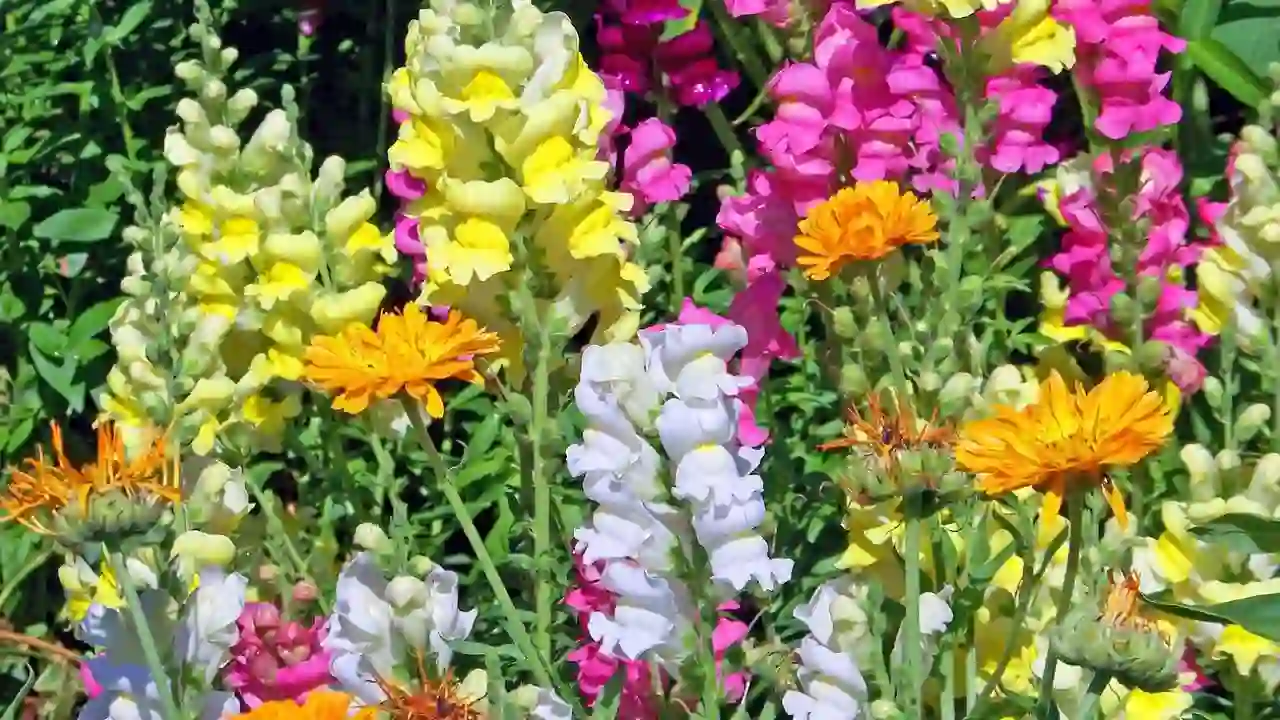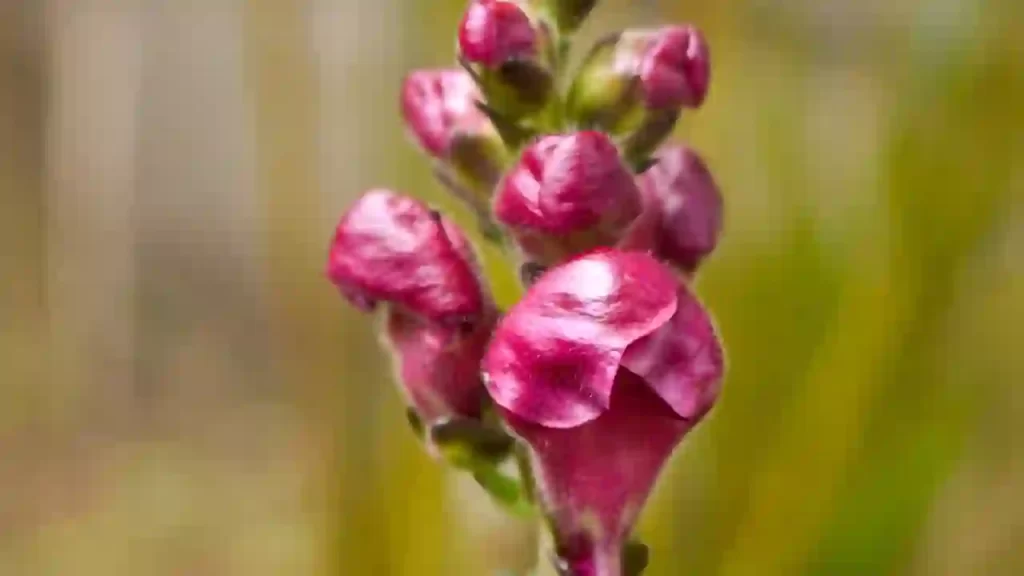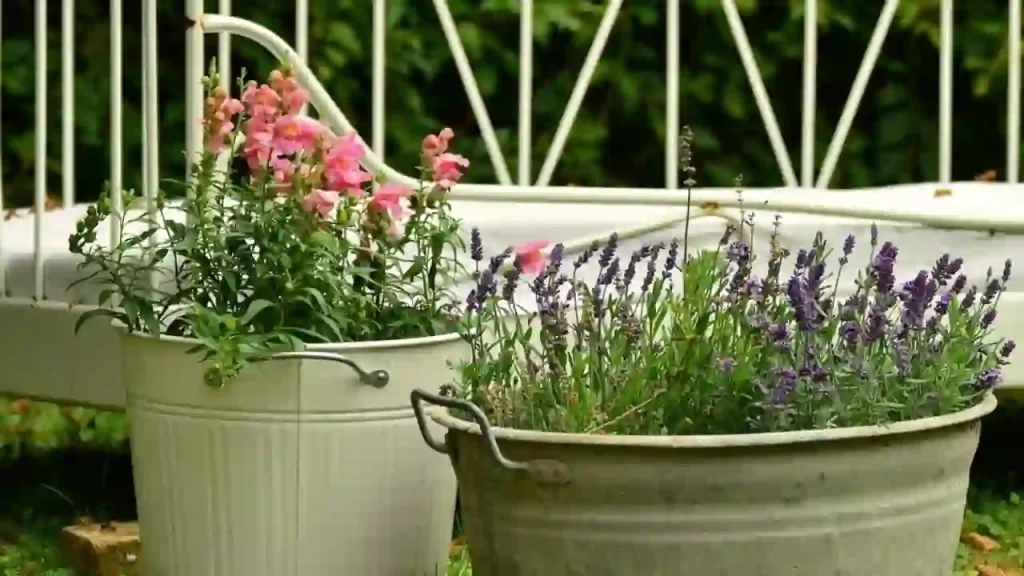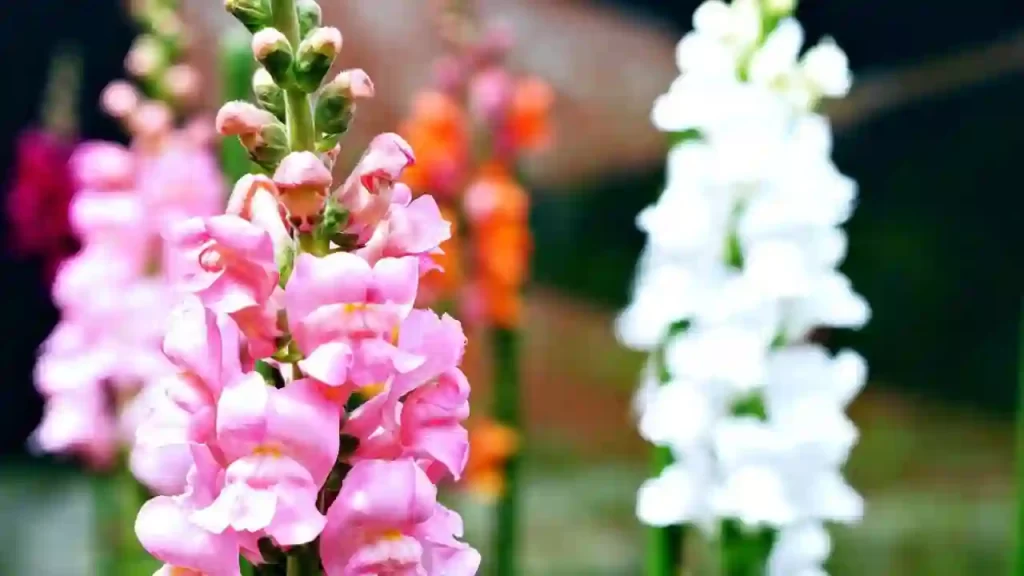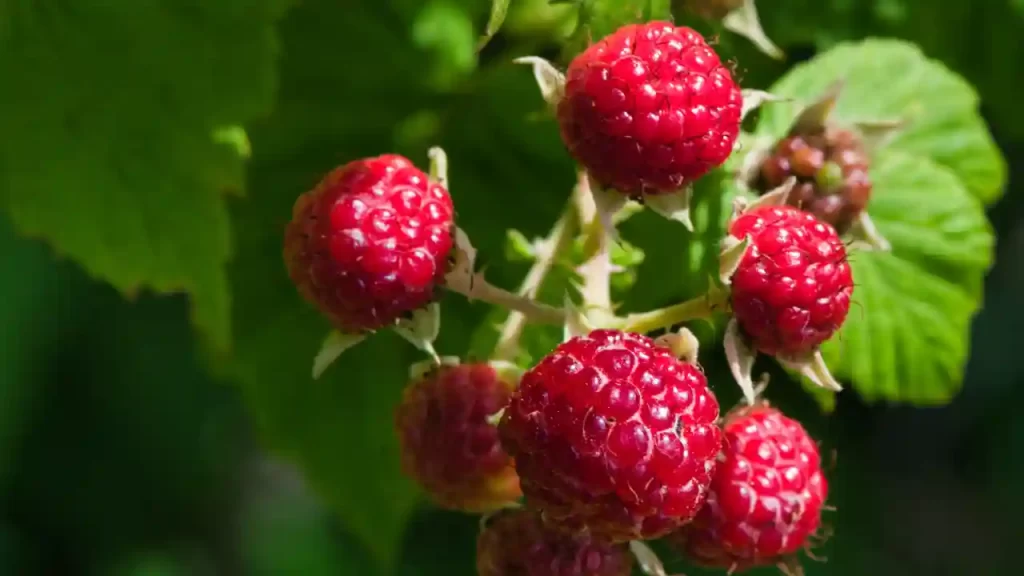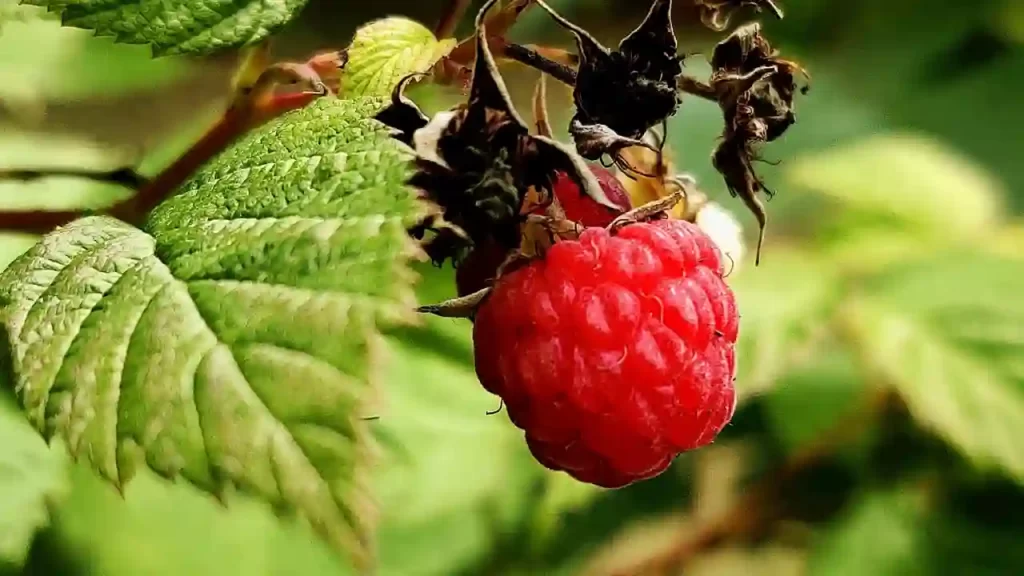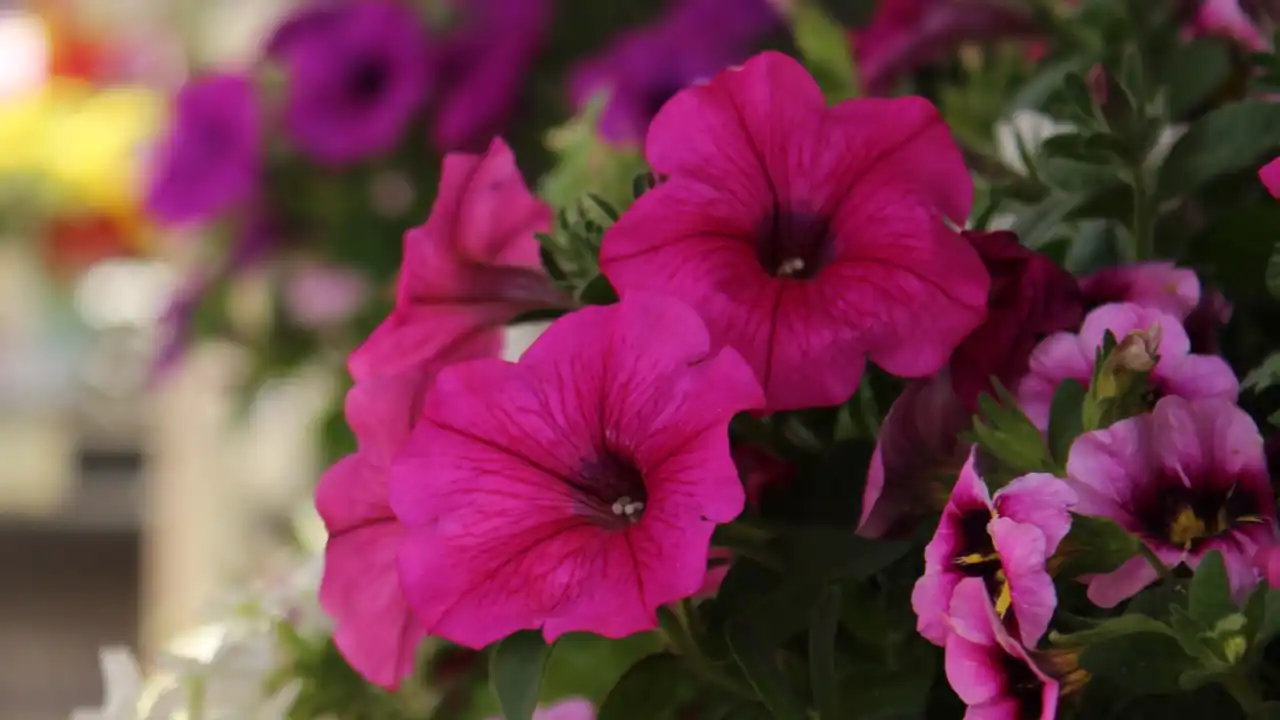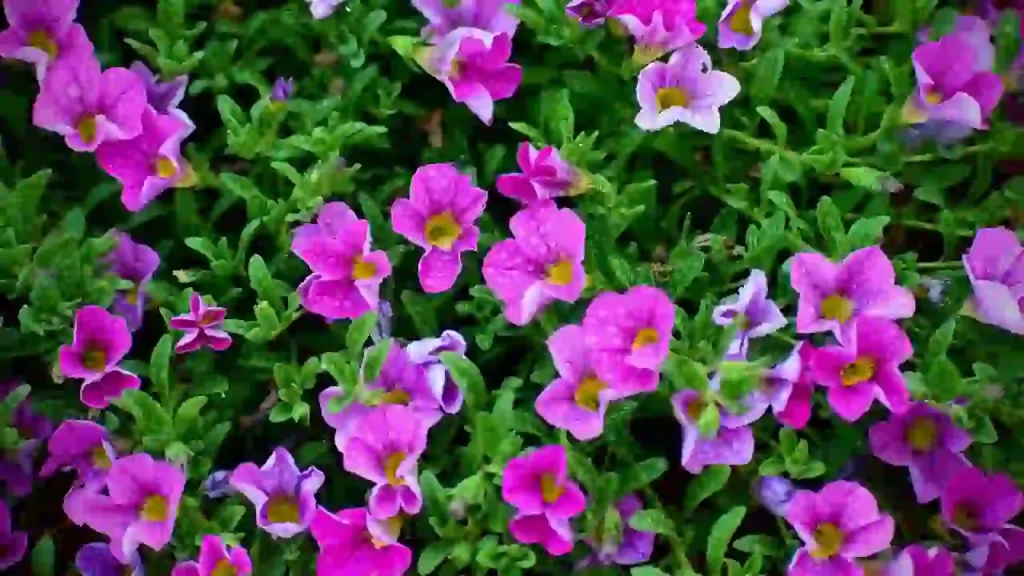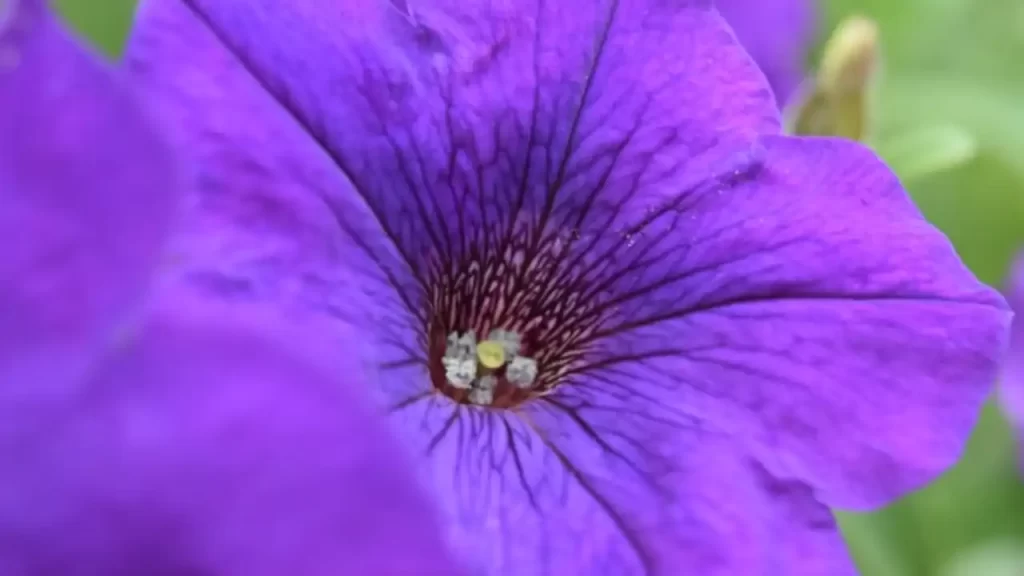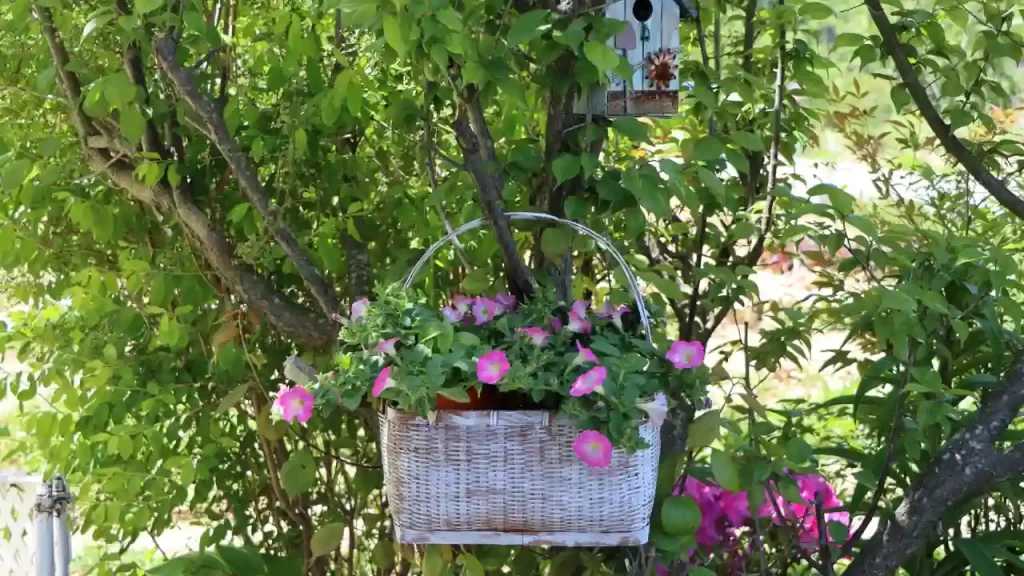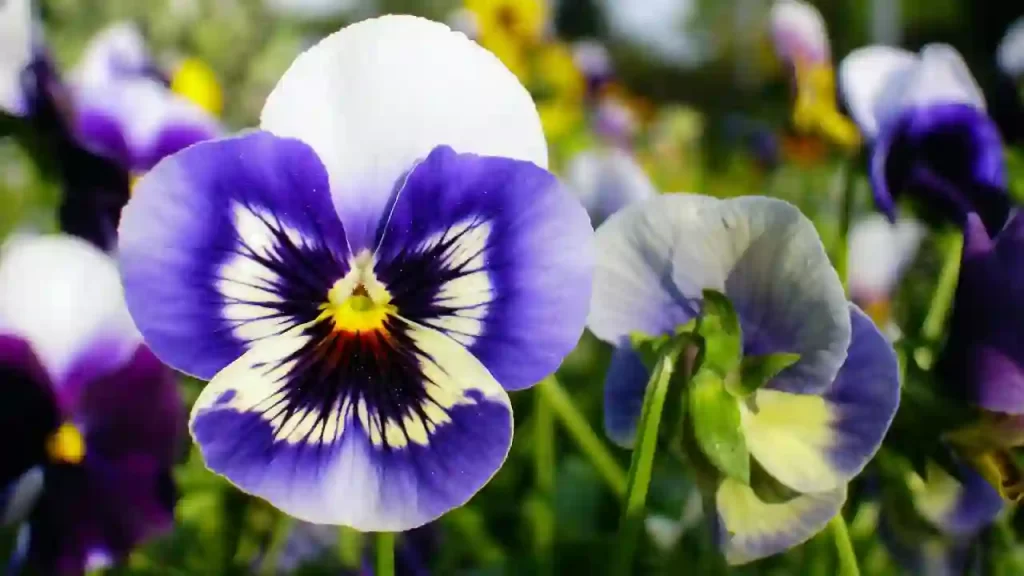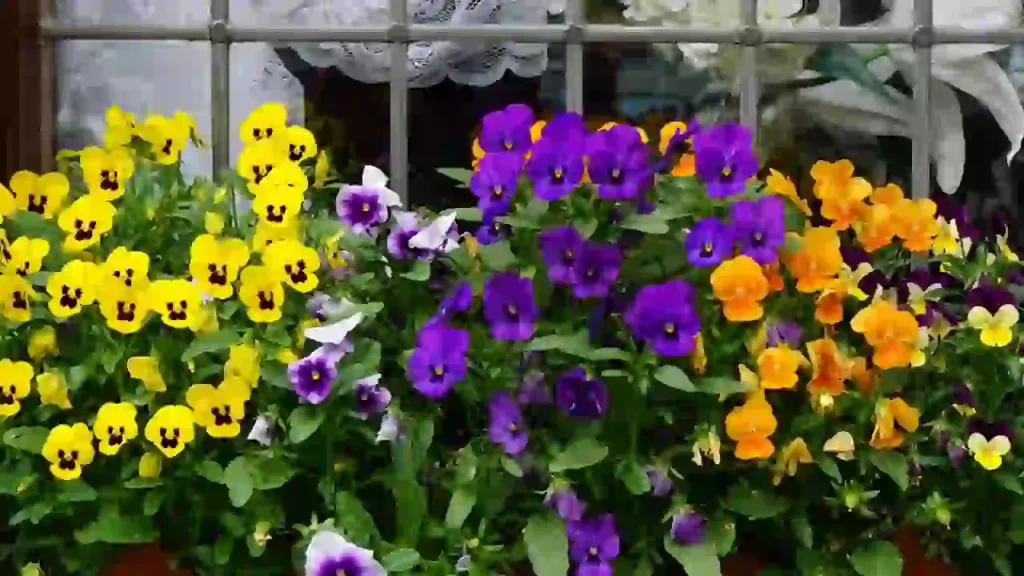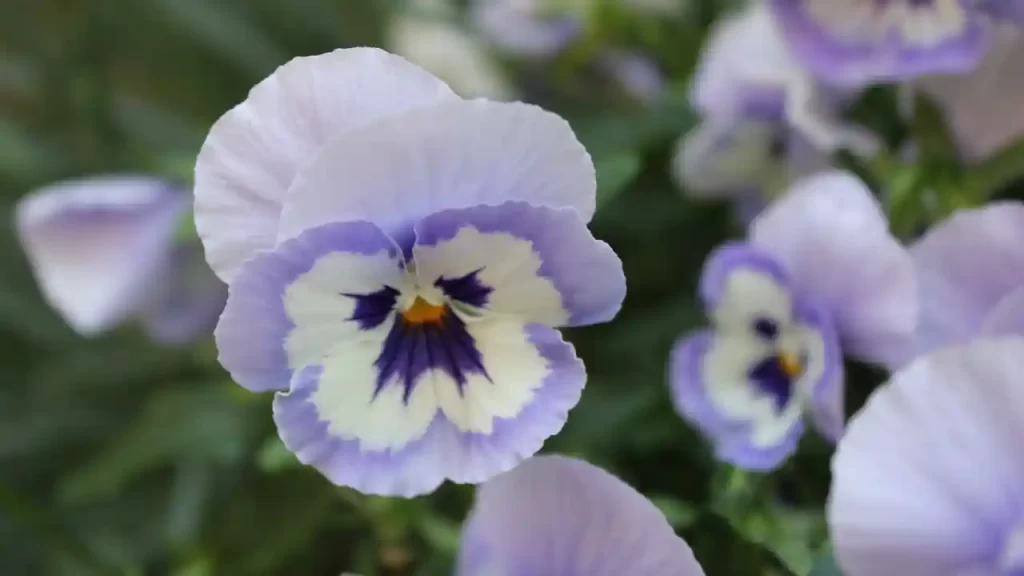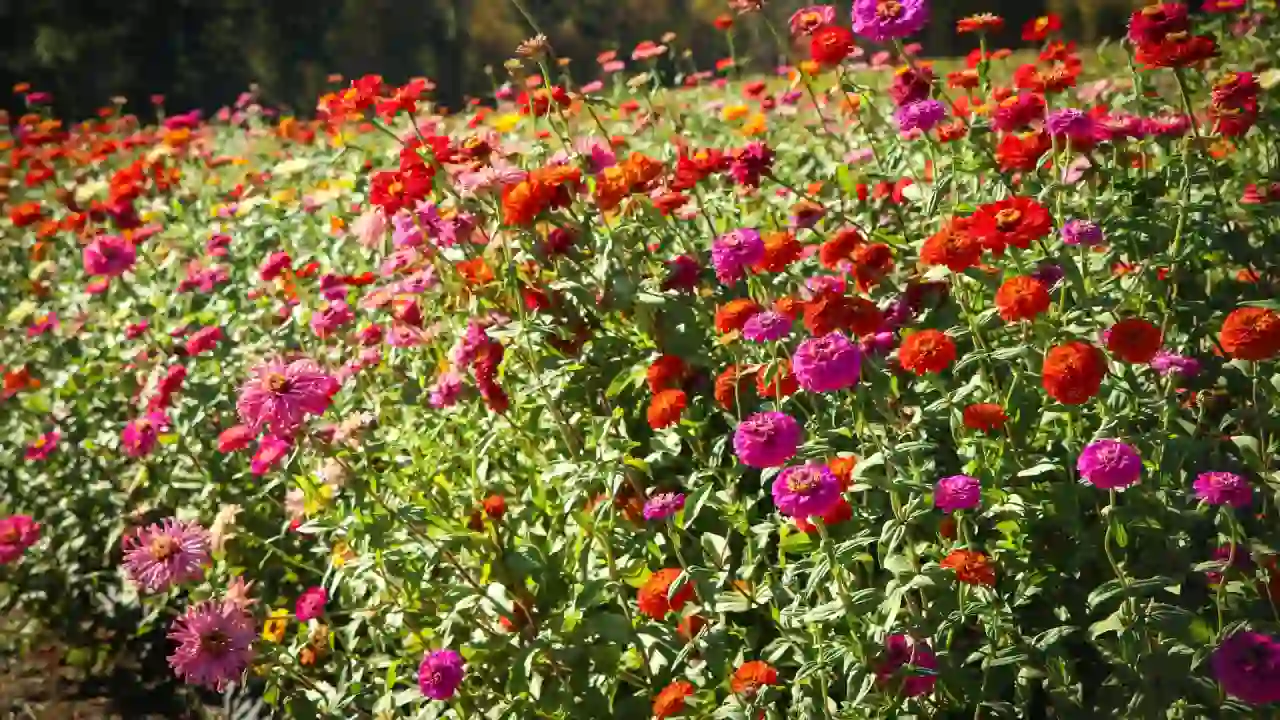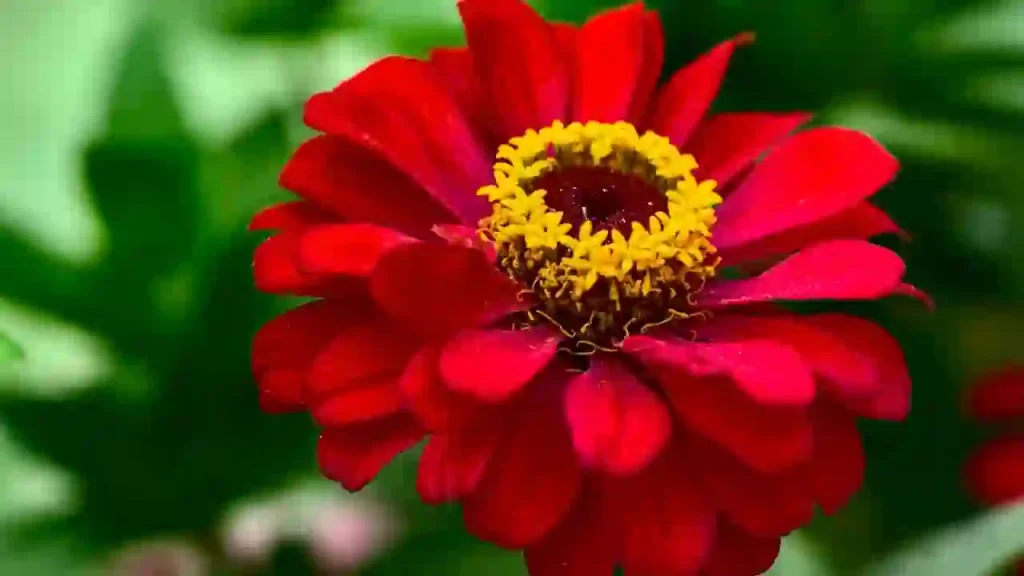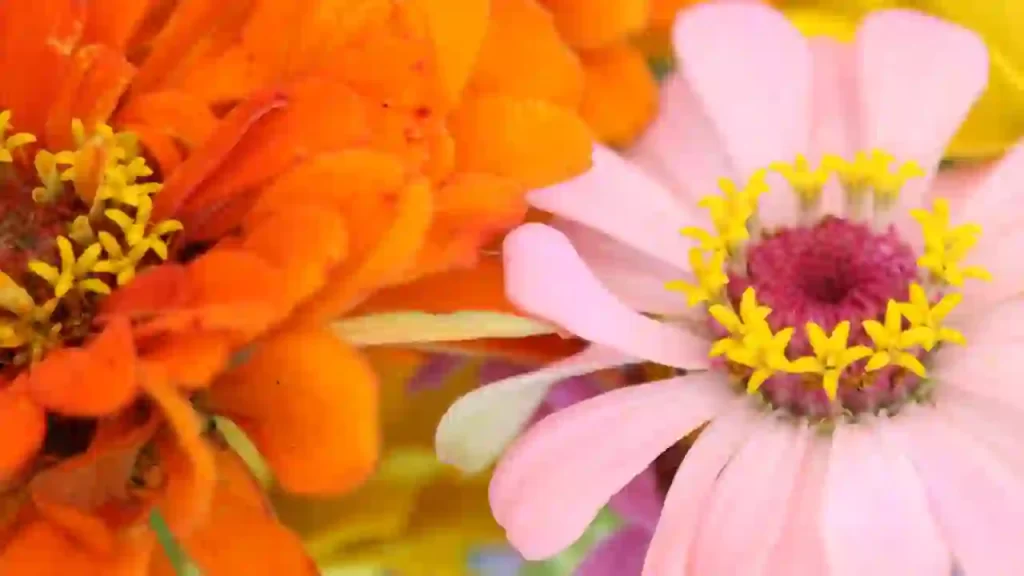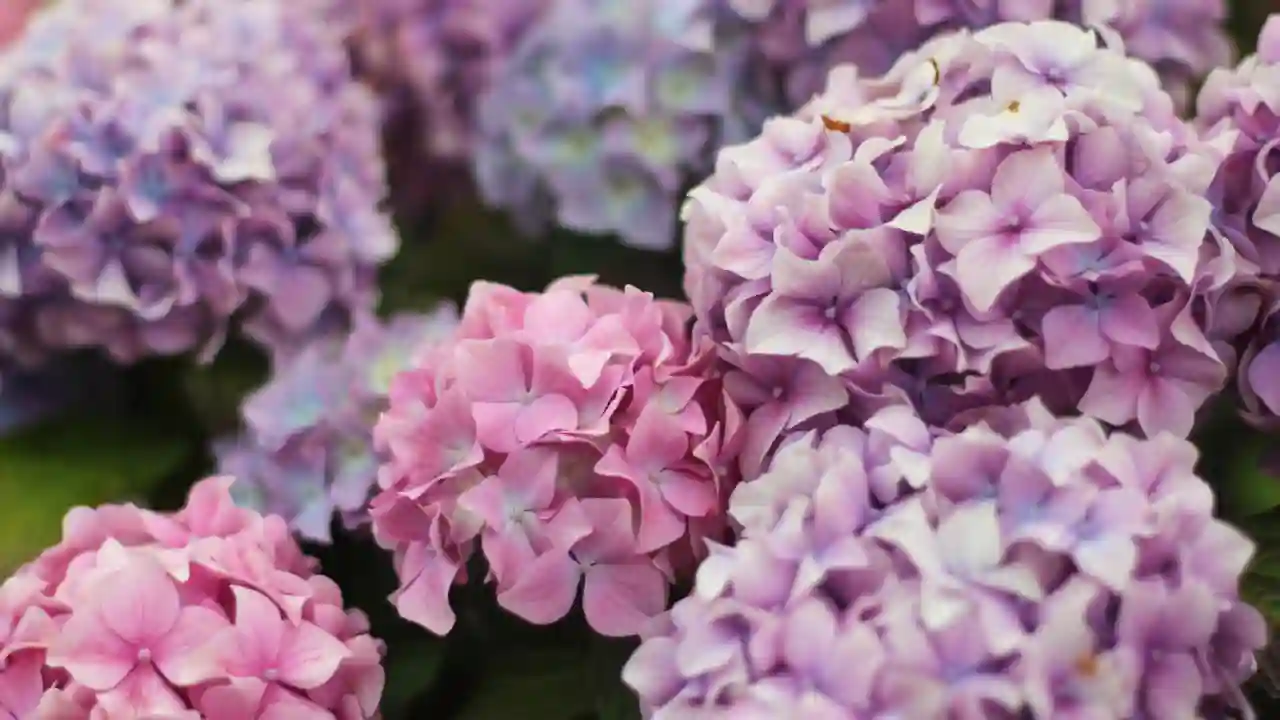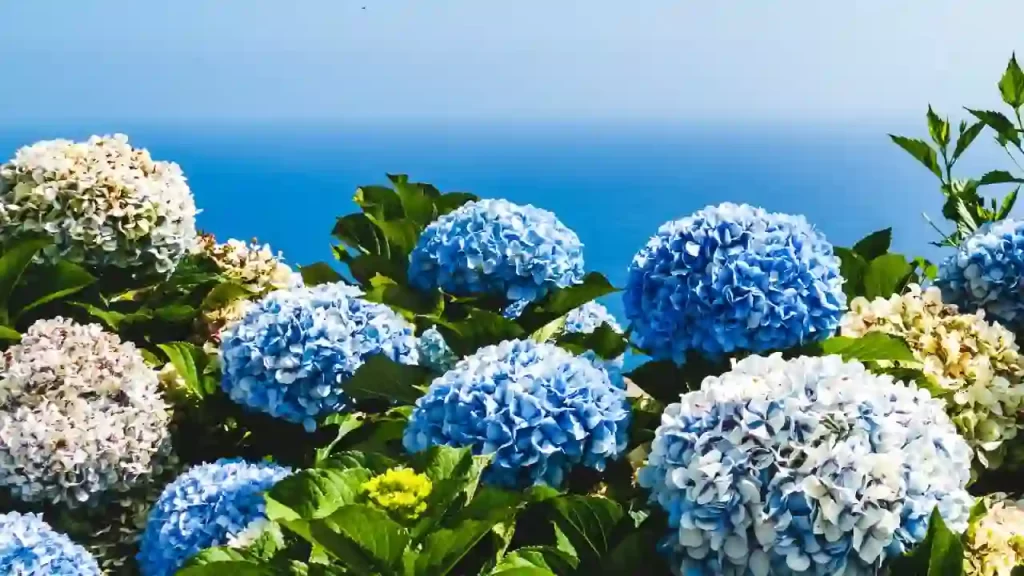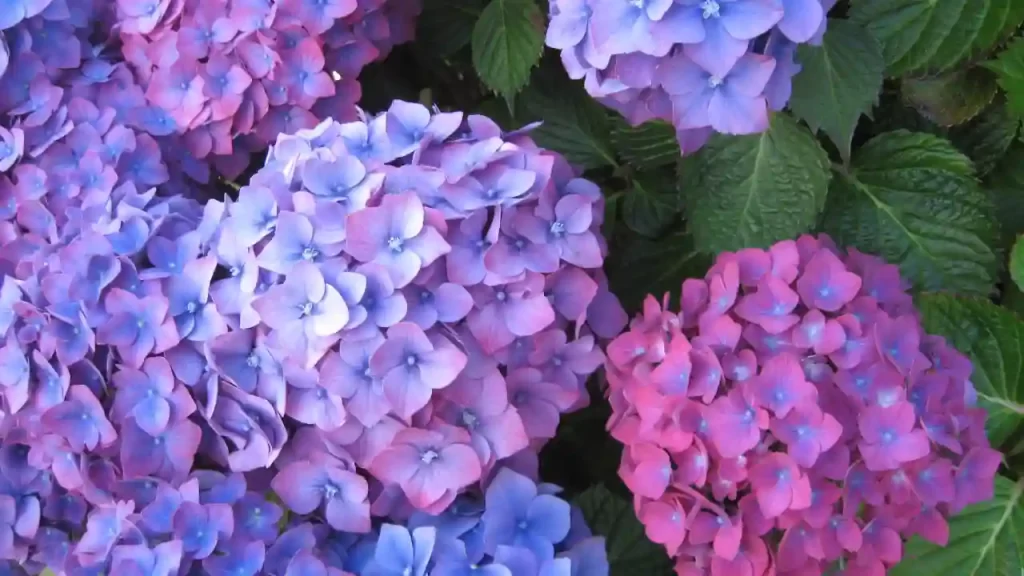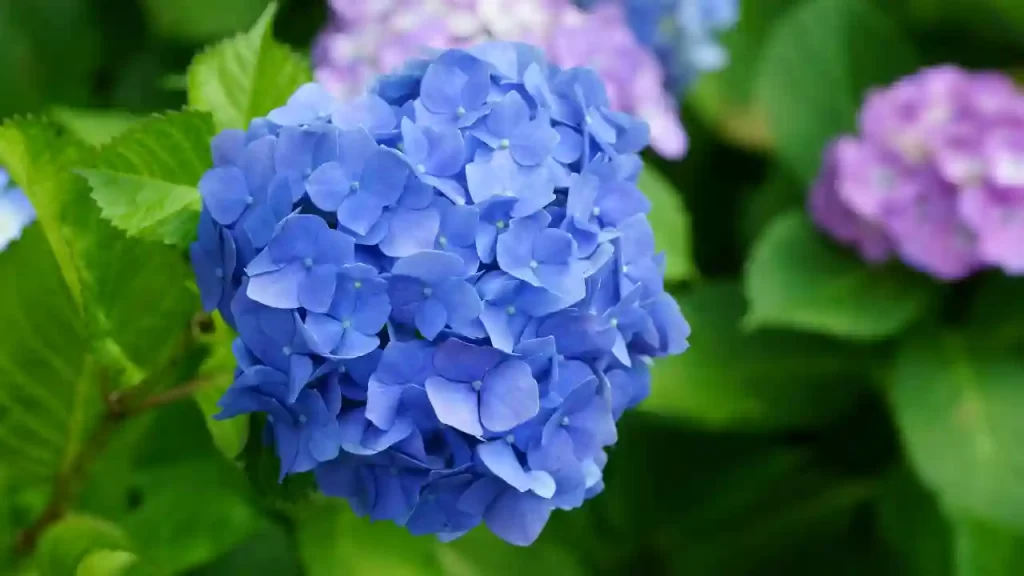Who doesn’t love red, tangy, and beautiful tomatoes? Most of us are curious to know about tomatoes’ growth and germination process. What if you grow these tomatoes yourself?
Normally tomato seeds germinate within 5-11 days. The germination process becomes faster if you have favorable conditions like soil temperature ranging between 18 to 29 degrees Celsius, airflow, humidity, and sometimes the age and quality of its seeds.
It can be grown both outdoors and indoors as well. This article lists the timing of growth of tomato germination and some simple and effective tips for growing them faster.
In this article, I will also discuss the timing of tomato seed germination and the best possible ways to pace the growth of tomatoes.
How Long Do Tomato Seeds Take To Germinate?
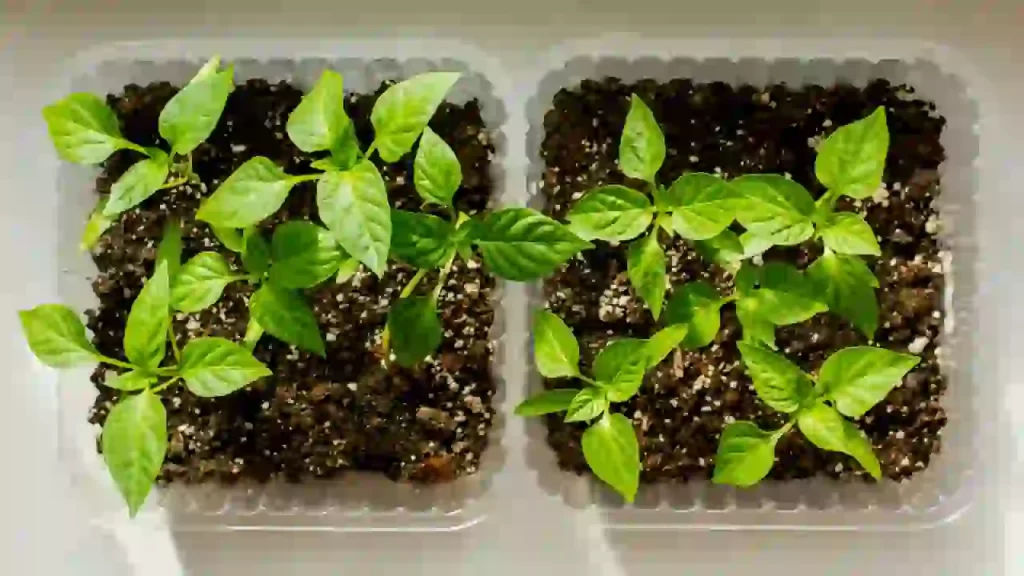
The ideal timing of tomato seeds germination is 5-11 days, i.e., one to one and a half weeks.
The germination time of seeds also depends on factors like soil temperature, airflow, humidity, and seed age.
According to the University of Maryland, tomato seeds have the potential to sprout in merely 5 days whereas its counterparts at the University of Maine claim that germination can take up 11 days.
What Do Tomato Seeds Look Like When They Germinate?
When tomato seeds germinate, they are light green or white in color. You can notice a small thin pointed stem after they sprout.
Initially, no leaves are seen, but in a few days, 2 leaves in a “T” shape come out together.
What Factors Affect Tomato Seed Germination?
There are so many factors that affect tomato seeds’ germination. I will tell you the vital factors responsible for germination and how you can manage them.
If you want to learn more, be sure to take a look at the table below and explore this article from UC about ideal seed germination temperatures.
| Seed Temp | Temp (degrees F) | Temp (degrees C) |
| Minimum | 50 | 10 |
| Ideal | 65 to 85 | 18 to 29 |
| Maximum | 95 | 35 |
Soil Temperature Range
Idle Soil temperature should range between 18 to 29-degree celsius. Tomato Seeds can bear a maximum of 35 degrees Celsius, but a 10-degree temperature is necessary for their growth. In this soil temperature, it takes 5 to 6 weeks to germinate.
If the temperature falls below its minimum range, they won’t be able to survive.
Here temperature means soil temperature and not air temperature. You can measure soil temperature with the help of a thermometer.
If the temperature is not favorable, you can use a mat to cover the soil to keep it warm. Artificial grow light is also used to provide heat and make the temperature favorable for tomato seed growth.
Humidity
Humidity is one of the most important factors for tomato germination, and there is a direct connection between soil and humidity.
If Humidity is more, the soil remains moist, which is not good for tomato germination. It may lead to the decomposition of seeds.
And if the humidity is less, soil loses its moisture quickly, and due to this, the germination either slows down or does not happen.
If humidity is not favorable, we can use a humidity dome that keeps normal moisture levels in soil and air, enhancing the germination of tomatoes and helping them to sprout quickly.
Air Circulation
Good Airflow is needed to maintain the moisture of soil, or else it will lead to seed decomposition. The seeds need to breathe for their germination.
We can always use loose soil to sprinkle, which keeps good airflow. This helps to create space for air and water, which makes a favorable environment for its germination.
Do not let the soil be too dry or too wet. There should be proper moisture in it. You can use Moisture meters to check soil moisture level or even deep your fingers in the soil to check the soil moisture. Place tomato seeds an inch or half inside the soil for growing tomatoes from seed.
Tomato Seed Age
Seeds age is also important for tomato germination. The seeds may take longer or won’t germinate if very old seeds are used for cultivation.
Maximum 3 years old tomato seeds can be used for cultivation.
How do I make tomato seeds germinate faster?
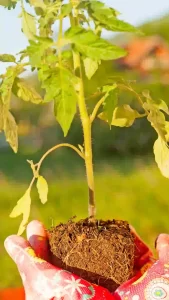
If you want to speed up the germination of tomato seeds, here are some tips and tricks.
- Take one paper towel and fresh tomato seeds.
- Spread the seeds thoroughly on half the area of the paper towel and put some water on the spread seeds.
- Cover the seeds with another dry half of the towel and press it lightly.
- Put the towel in the zipper and seal it.
- Place it in bright light.
Keep the temperature between 21 and 26 degrees celsius for speedy and fast germination of tomato seeds.
Do Tomato Seeds Need Darkness to Germinate?
Neither darkness nor light is responsible for tomato seeds germination. The level of moisture of seeds and temperature are responsible for their germination.
The good temperature for germination is between 21 degrees to 26-degree celsius. It cannot grow in the cold. So try to keep the soil warm by using a tomato seedling heat mat.
Why Won’t Your Tomato Seeds Sprout?
The seeds older than 3 years are hard to germinate or won’t germinate. It is always advisable to use seeds less than 3 years old.
If the tomato seeds do not get ideal conditions, like a temperature between 21 degrees to 26 celsius and accurate moisture content in the soil, it is hard to germinate.
It takes 5 days to germinate if the temperature is ideal, and if the temperature is 10 degrees Celsius, it takes 40 days to germinate. The minimum temperate required is 10-degree celsius; below this, the seeds won’t germinate at all.
What to Do if Your Tomato Seeds Don’t Sprout?
Even after putting in so much effort, if you notice that your tomato seeds are not germinating, try to find out why?
You might be using too old seeds; the soil temperature is not ideal, or the soil’s moisture level is inaccurate. There might be watering issues; your seeds may not get proper airflow. Check whether they are getting proper warmth.
Try to replant your tomatoes after taking measures of your problems faced before.
If it is too late to germinate the tomato seeds, directly buy the plants from the nursery and take proper care. It will definitely help you growing tomato plants.
How Long Until Tomato Seeds Germinate?
If tomato seeds get in the ideal condition, germinating takes 5-7 days. Please ensure the temperature is between 21 degrees to 26 degrees Celsius.
It can take 40 days to germinate a tomato seed if it is sowed at a minimum temperature of 10 degrees Celsius. Below minimum and at cooler temperatures, they cannot survive.
Remember that Darkness or Light is not a factor for tomato seeds germination.
What is the best way to germinate tomato seeds?
The best way to germinate seeds is to start with a sterile and nutrient-rich soil mix. You can also use an organic seed starting mix, which is specifically designed for optimal seed growth.
When you plant tomato seeds, make sure to plant them just below the surface of the soil and keep them at room temperature (65-75°F). You should also keep the soil moist with a light misting of water, but not soggy.
Do you soak tomato seeds before planting?
Soaking seeds before planting is beneficial as it helps soften the outer protective seed coat. This softening allows for easier and faster germination.
Soaking can also help to eliminate any potential diseases or fungi that may be present on the seed.
To soak your tomato seeds, simply add them to a bowl filled with warm water and let them soak for about 8-12 hours.
Are tomato seeds hard to germinate?
The tomato seeds are usually fairly easy to germinate and you’ll need a damp paper towel, a plastic baggie or container, and your seeds.
Place the damp paper towel on a plate and spread the seeds over it.
Cover them with the plastic baggie or container, then set in a warm place such as a windowsill or the top of the refrigerator.
Check them daily for signs of sprouting, which usually takes place within five to seven days. Once you see sprouts, transfer them to soil and water them regularly. The little seedlings should be ready for transplanting in approximately six weeks.
Can tomatoes germinate in 3 days?
Tomatoes can germinate in three days, depending on the conditions and environment the seeds are growing in.
The temperature of the soil and air must be at least 70°F (21°C) for germination to occur within three days.
How long does it take tomato seeds to grow indoors?
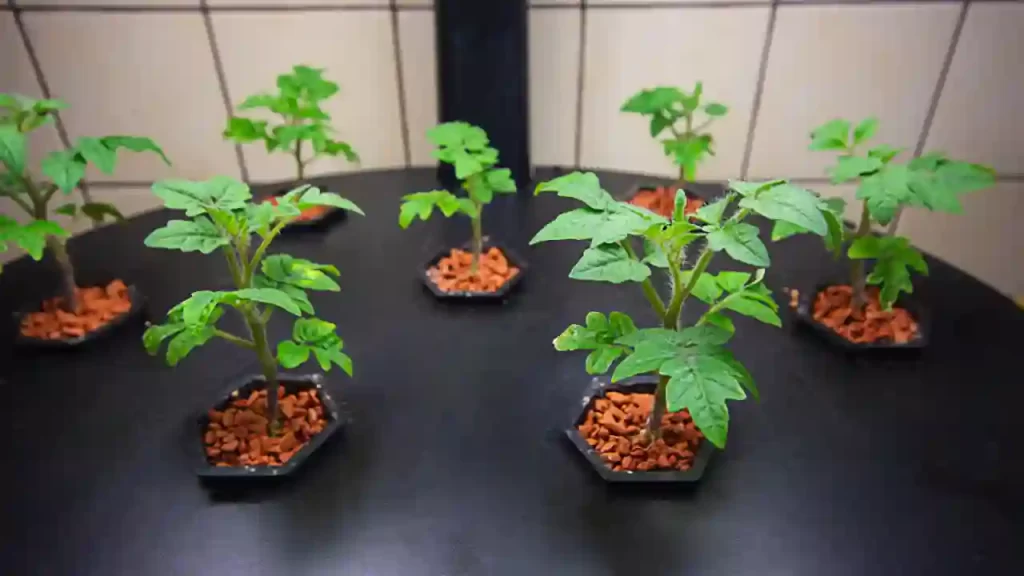
Tomato seeds usually take between 5-7 days to germinate indoors. Once the tomato seedlings appear, they should be moved to their permanent location and will continue to grow over the next several weeks.
Depending on the variety of tomato, it can take anywhere from 60 to 90 days for them to reach maturity.
During this time, tomatoes should be watered regularly and placed in a location that receives plenty of direct sunlight.
If you are growing tomatoes indoors, it is important to provide supplemental lighting since natural light source may not be available.
Additionally, fertilizer should also be provided throughout the growing season to ensure vigorous growth and healthy fruit production.
Will tomatoes germinate in 60 degrees?
Tomatoes are warm-season crops, and the ideal temperature for germination is between 70 and 90 degrees Fahrenheit.
While some seed variety may be able to germinate at lower temperatures (as low as 60°F), germination rates will likely be decreased and the young plants may take longer than usual to sprout.
Will tomato seeds germinate after 14 days?
Germination of tomatoes depends on a few factors, such as the tomato variety you are planting and the environment in which they are growing.
Generally, tomato seeds can germinate after 14 days, however, some varieties may take longer. Some tomato varieties may be able to germinate within 7-14 days under ideal conditions.
Ideal temperature for tomato seed germination is 70-75F (21-24C). In addition, the soil should be kept moist to promote germination. Soil with a pH of 6.0-7.0 is also preferred.
Do you cover tomato seeds to germinate?
You can cover tomato seeds with a thin layer of soil or vermiculite to help them germinate. This helps keep the soil warm and moist, providing ideal conditions for germination.
After you see sprouted seeds, remove any covering material so that the tomato seedling can get adequate light.
Make sure to water regularly during the first few weeks to keep the potting soil moist, but not waterlogged.
Also, monitor the plants for any signs of disease or pests. If you catch anything early, it can usually be treated with organic methods like neem oil.
With some care and attention, your tomato seedlings should grow into healthy plants that produce plenty of tasty fruit!
Summary
Tomatoes can be easily grown if you diligently follow the discussed steps, and you can enjoy fresh and tangy tomatoes grown in your kitchen garden or backyard. Nothing can beat self-cultivated tomatoes. We just need to ensure the ideal condition for its germination and growth.
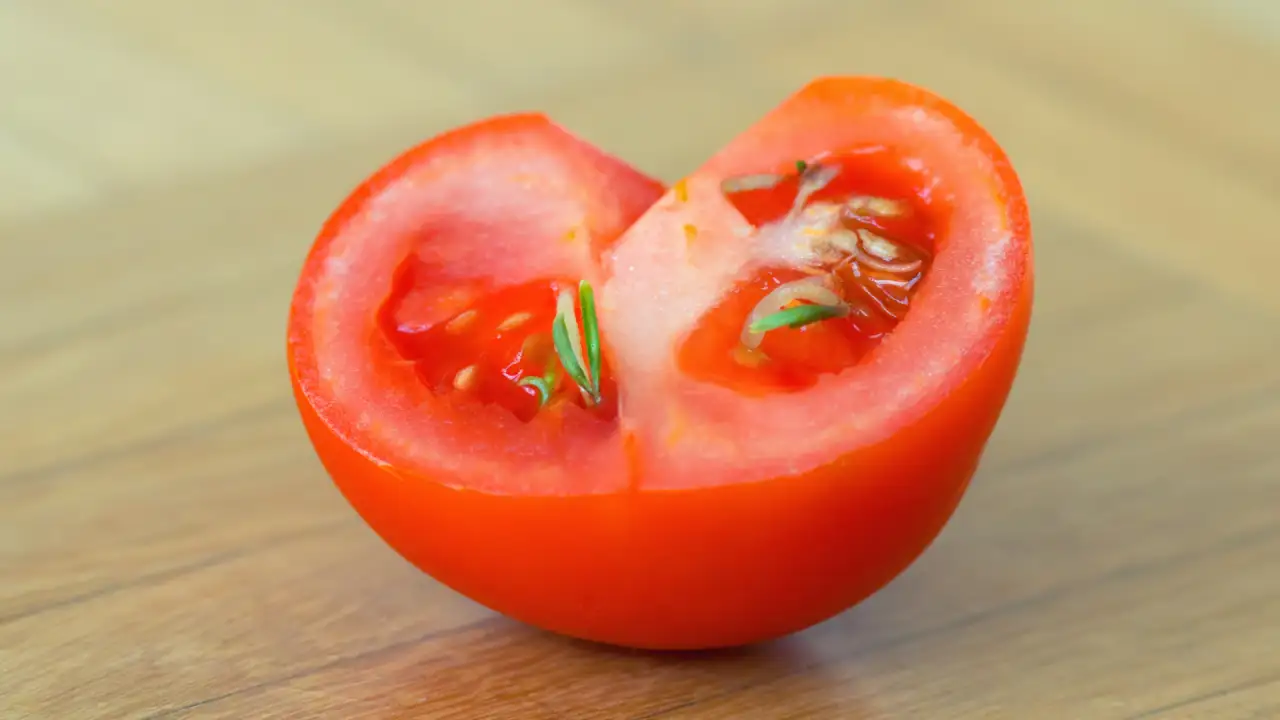
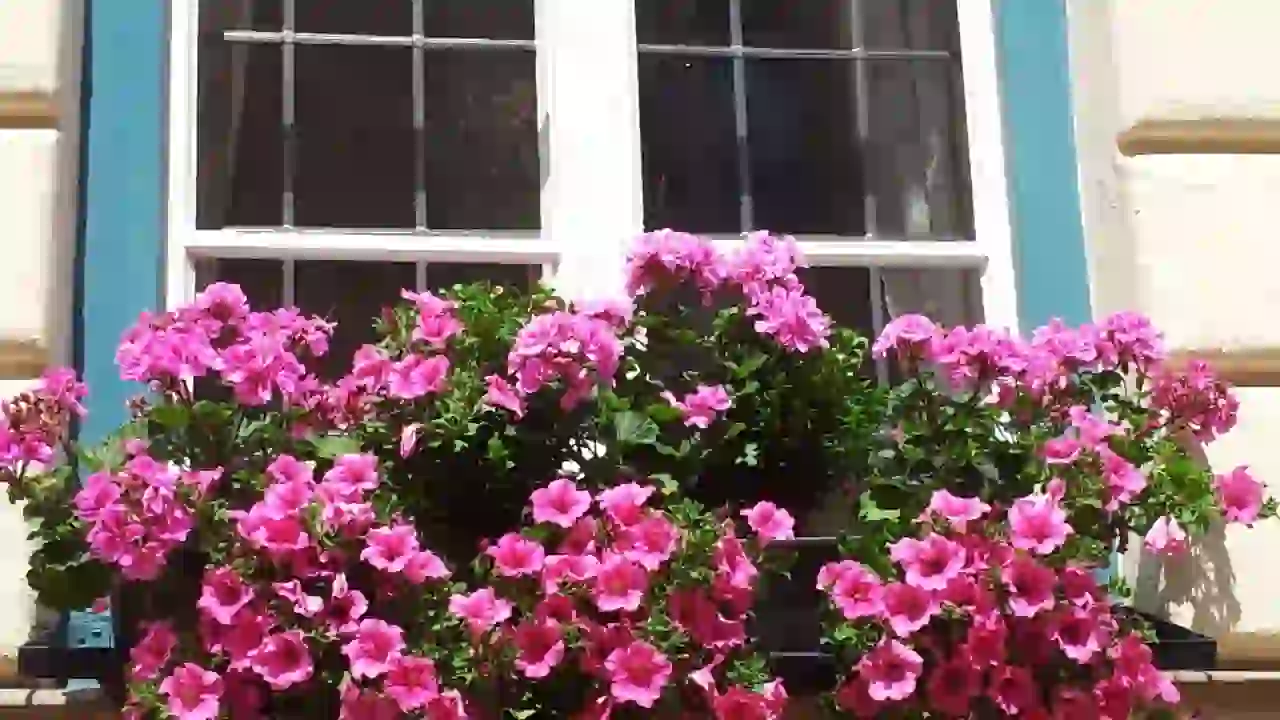
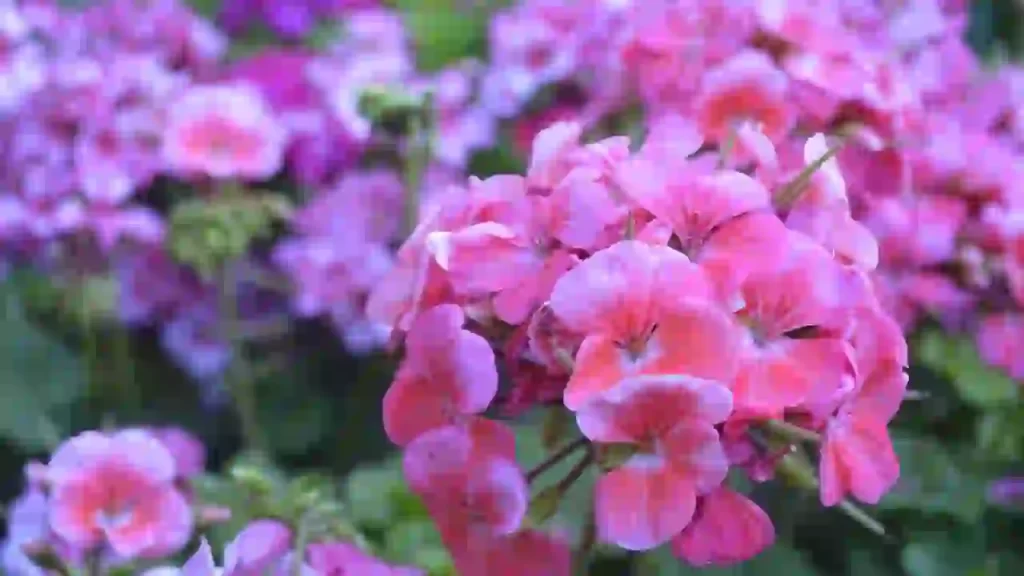
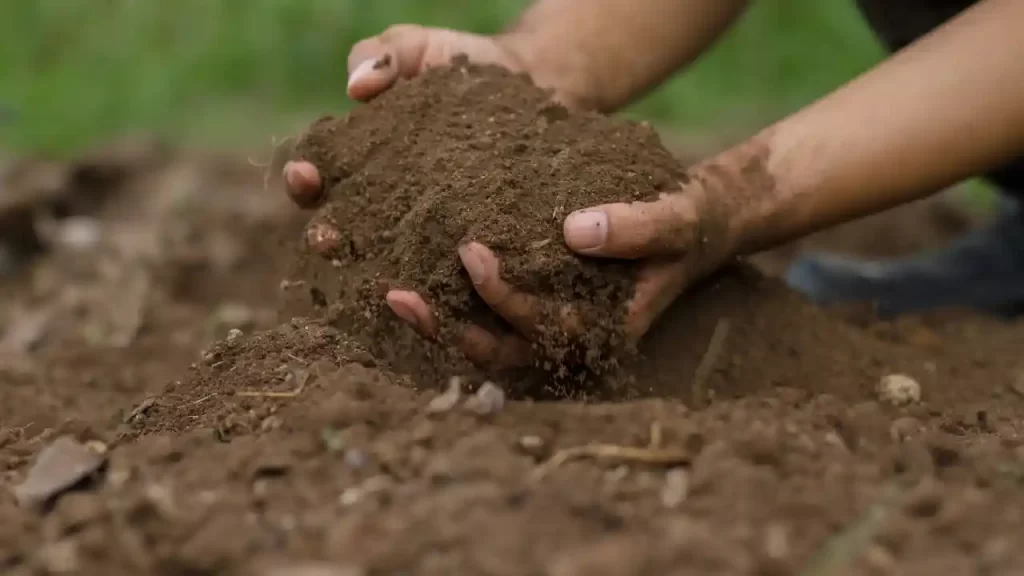
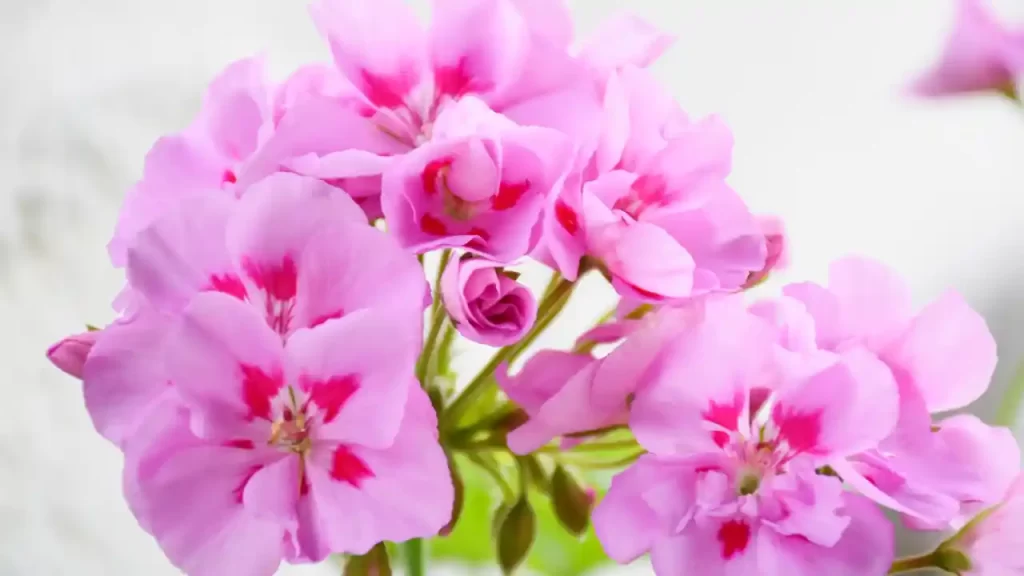
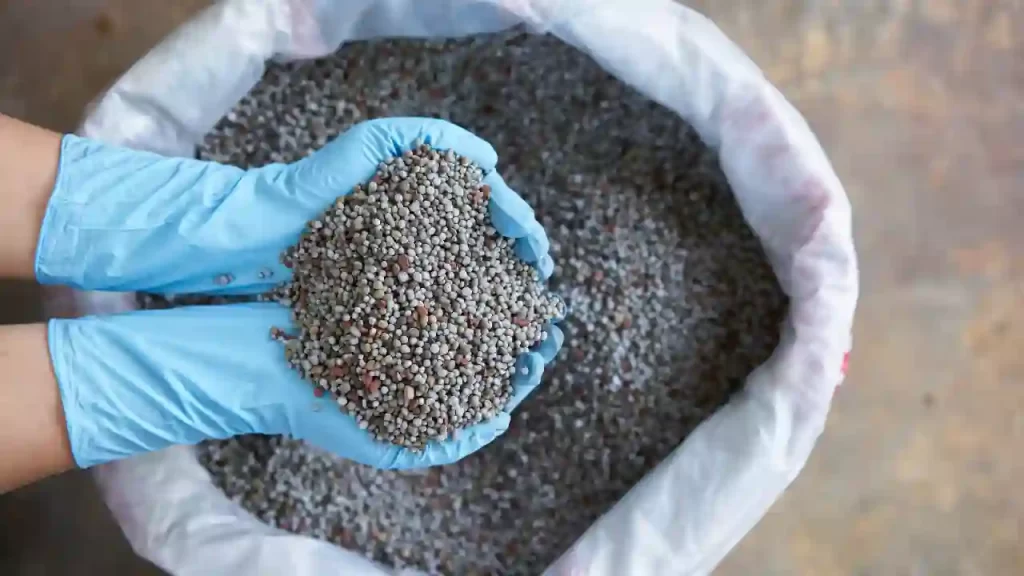
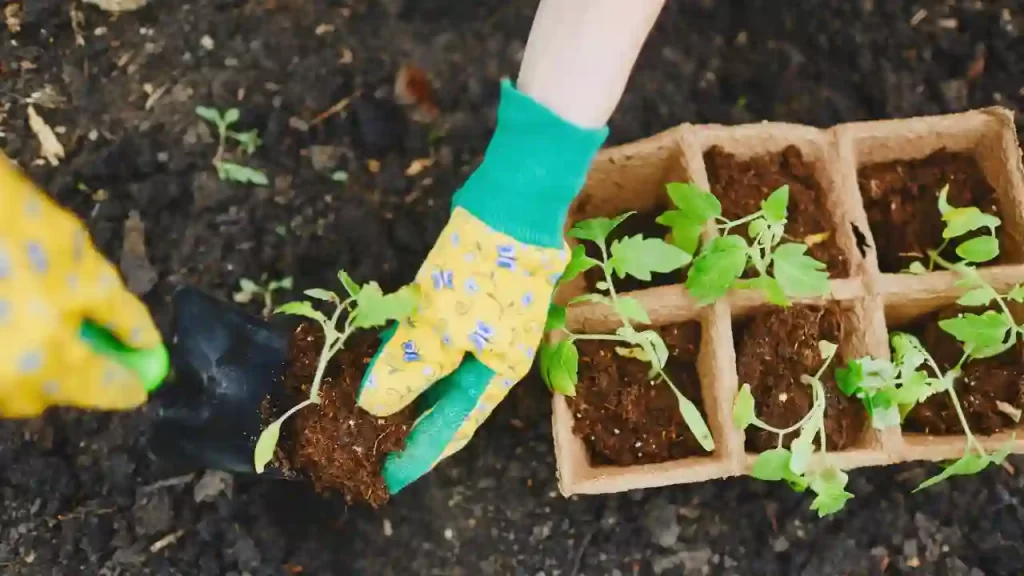
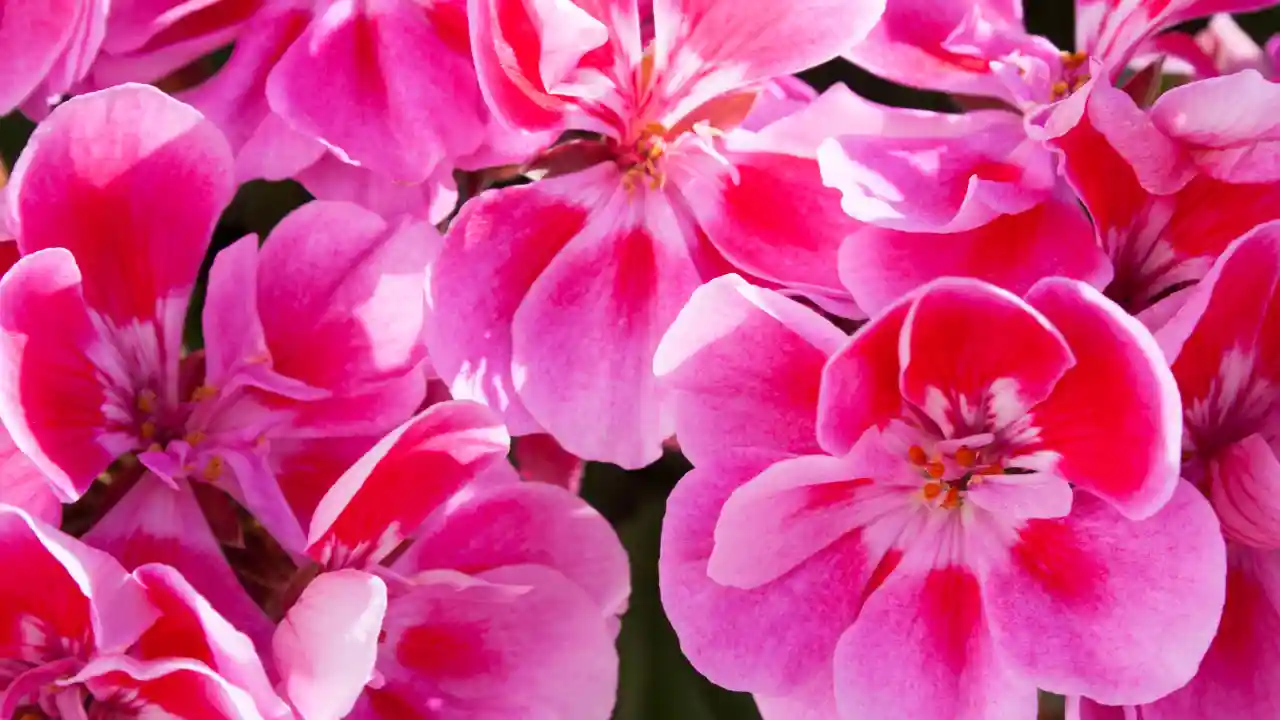
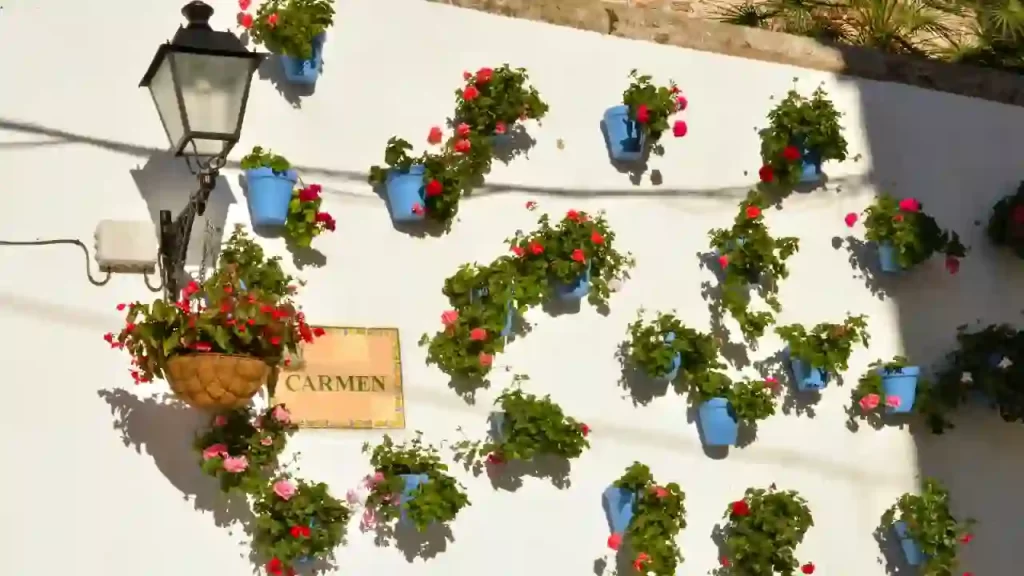
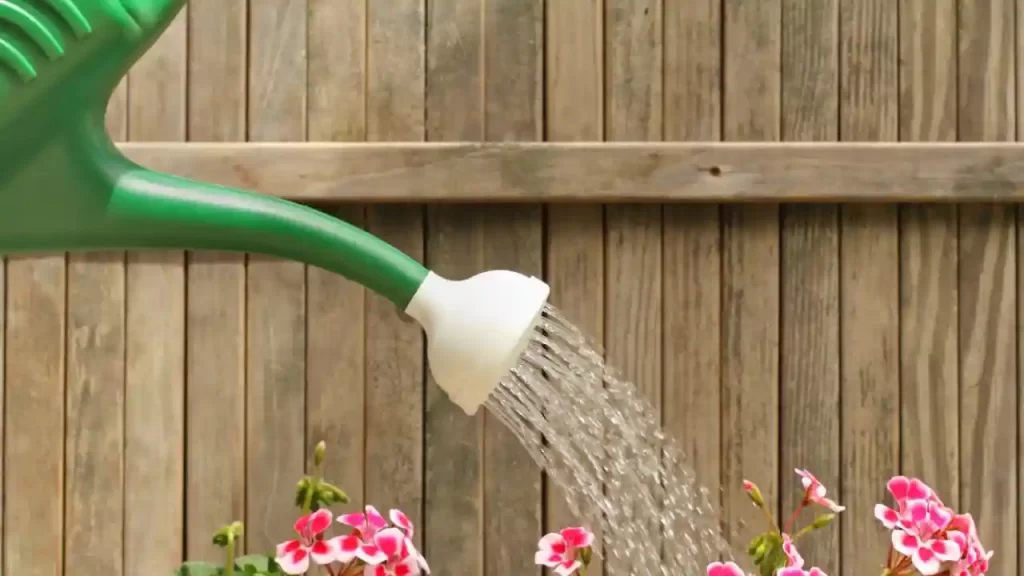
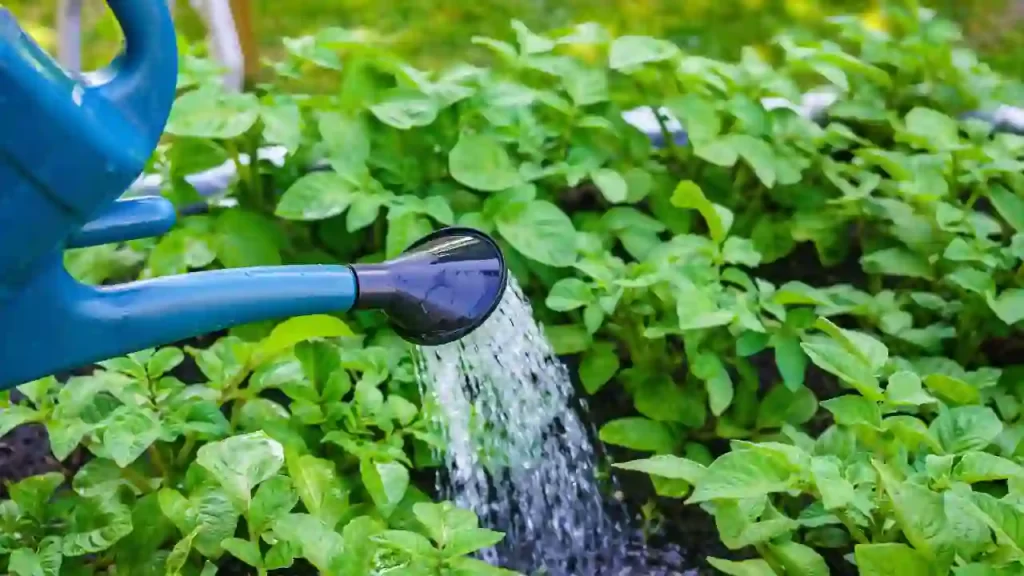
![Do Geraniums Need Full Sun? [Sunlight Requirements]](https://gardentoollife.com/wp-content/uploads/2022/05/Do-Geraniums-need-full-sun.webp)
